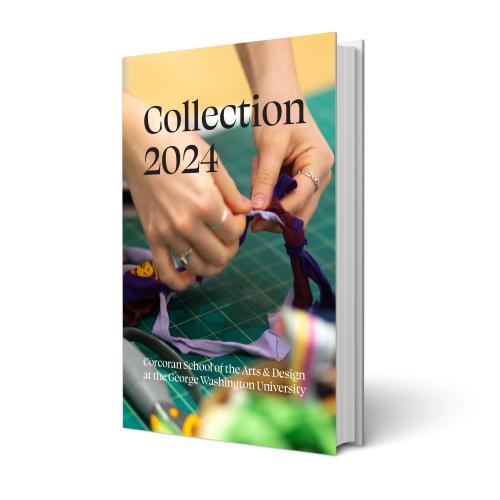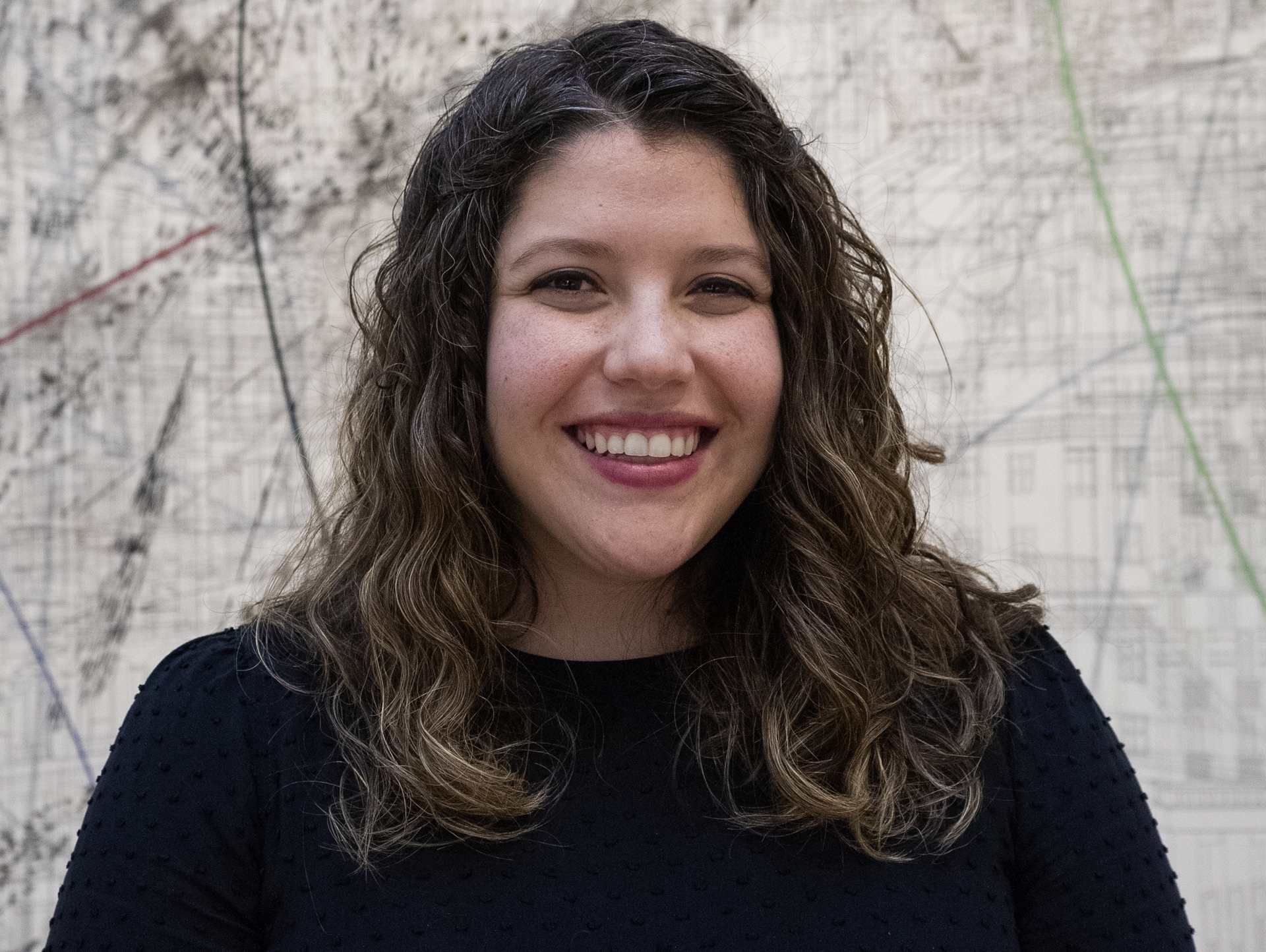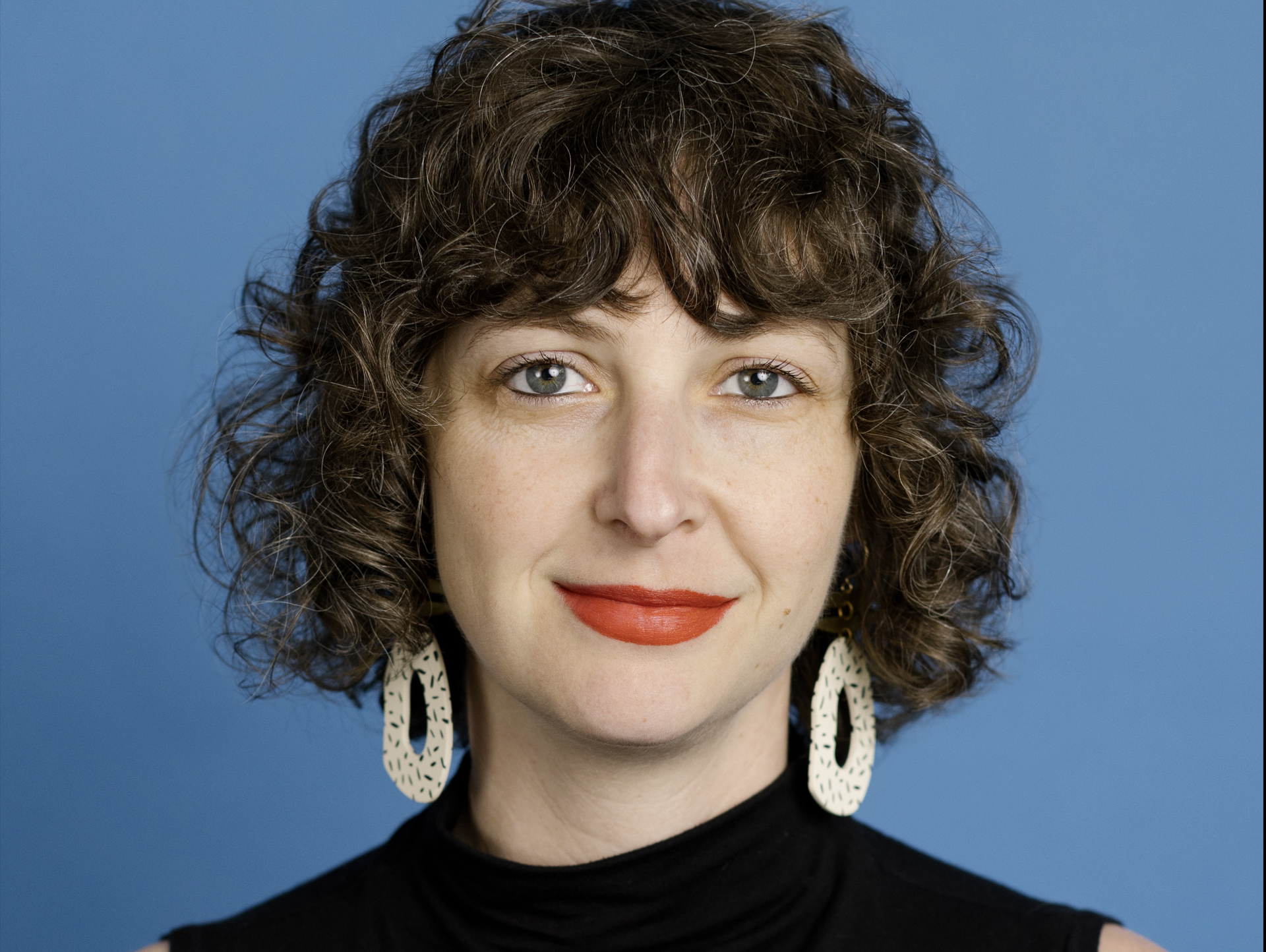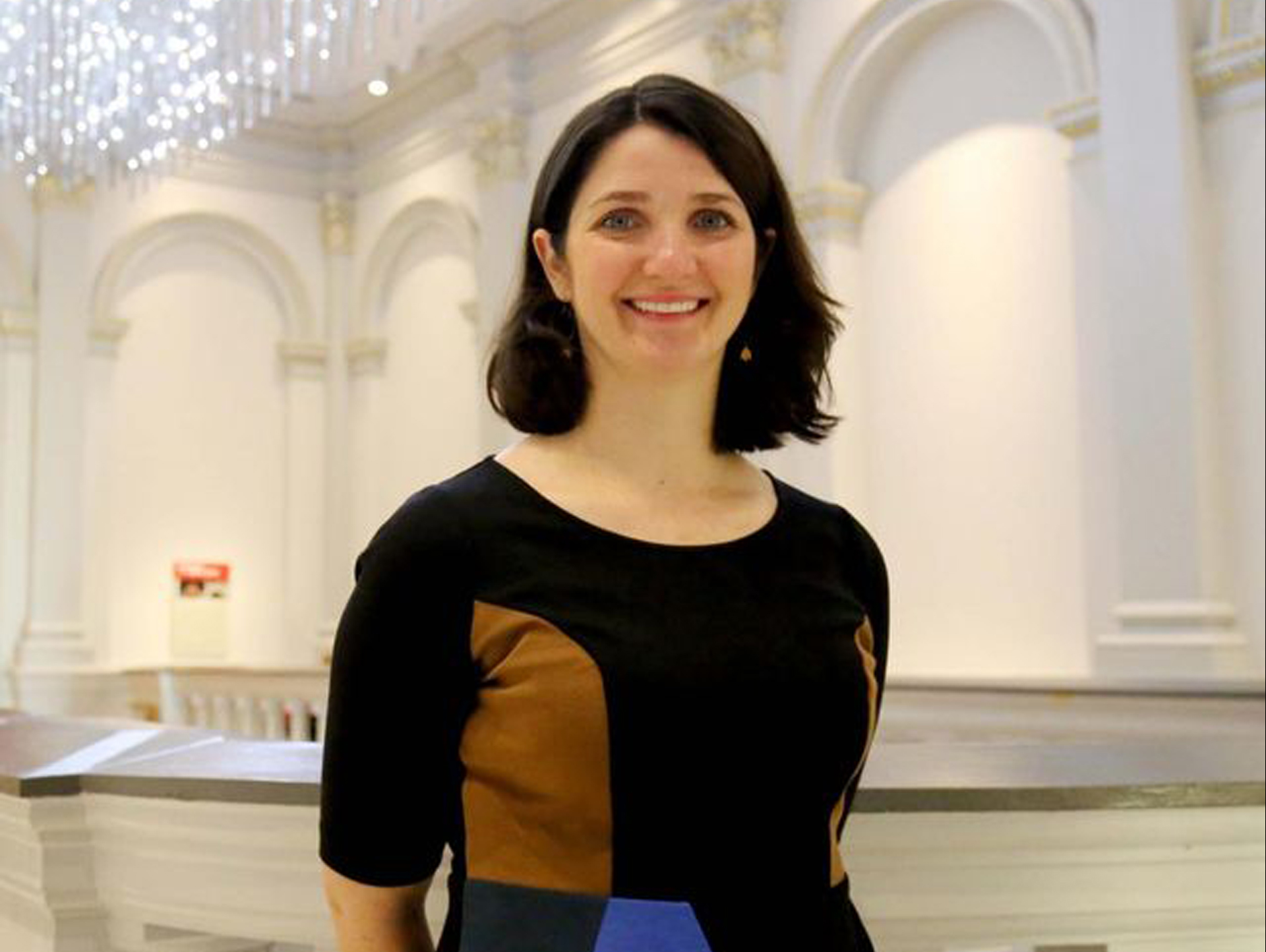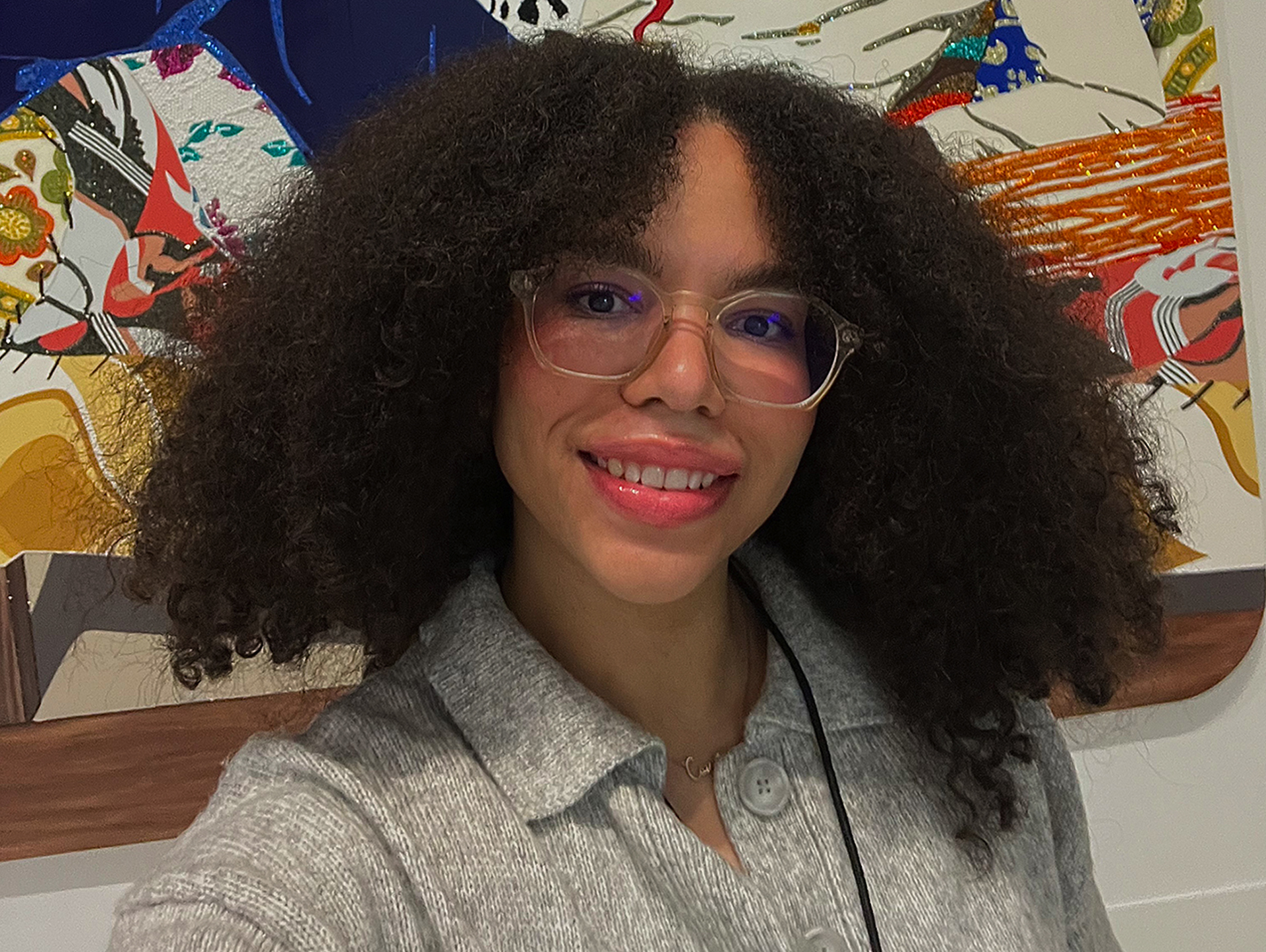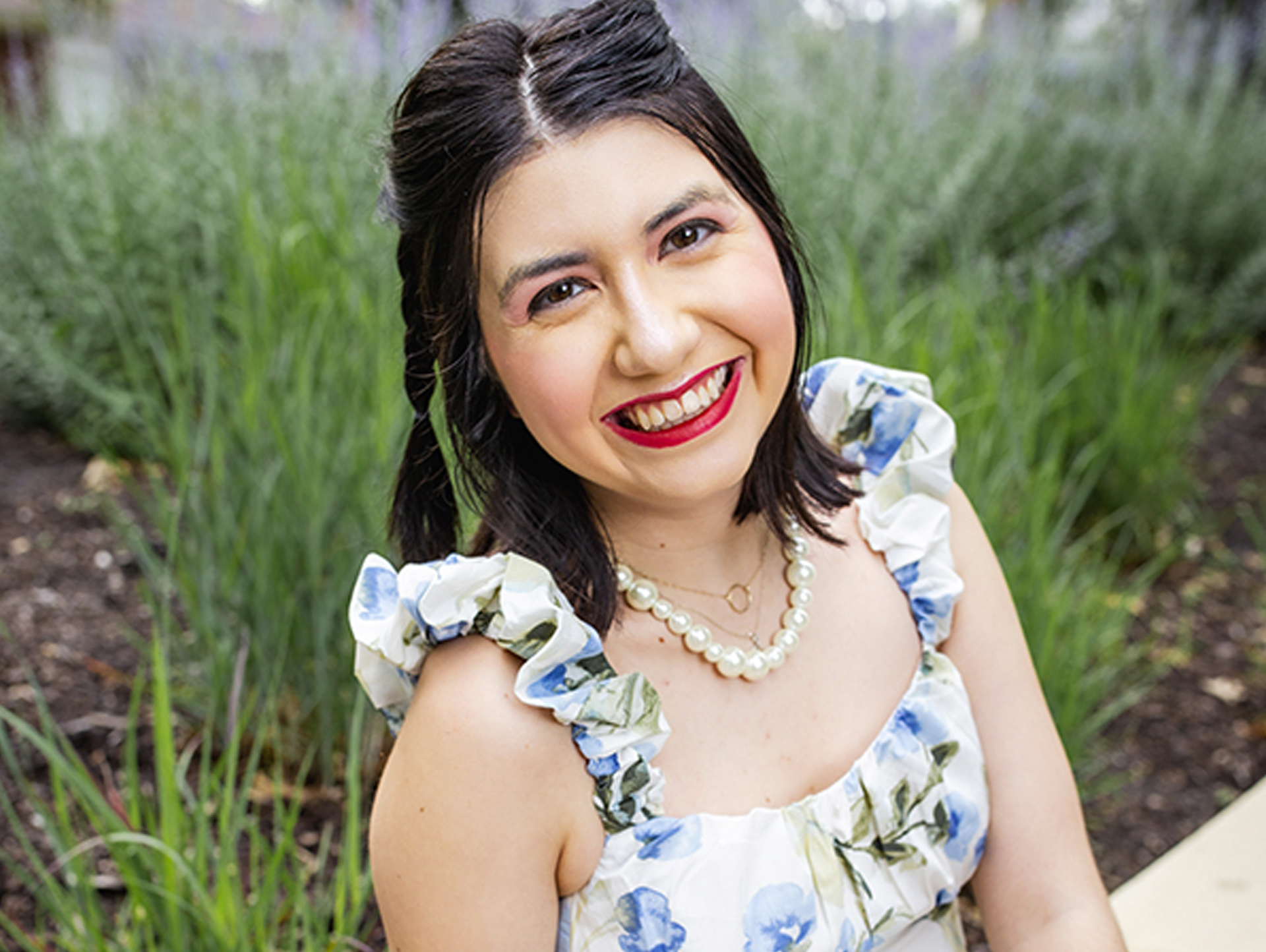Art History
MASTER OF ARTS
Situated in the heart of the culturally rich city of Washington, DC, the Master of Arts (MA) program in Art History at the Corcoran School of the Arts and Design provides students with unique opportunities to study the arts. Students learn to apply visual and historical analyses to artworks, as well as incorporate relevant and current theoretical and methodological approaches to research. The program's proximity to DC’s many museums and galleries means that the permanent collections and exhibitions of some of the most important art institutions in the world often serve as the backbone of student coursework and study. The curriculum covers a wide swath of the history of art, but has specific areas of focus in Renaissance, Baroque, Islamic, South Asian, African, American, and modern and contemporary art. We are committed to building and nurturing a diverse and inclusive scholarly community that is critical for innovation, insight, and progress. The rigorous and supportive scholarly program places special emphasis on developing individual students’ critical analysis, research, and writing skills.
For some students, the MA is a terminal degree in preparation for curatorial or education careers in galleries and museums; for others, it is preparation to enter a PhD program elsewhere.
INFORMATION SESSIONS

Date: Wednesday, October 22, 2025
Time: 7:00-7:45 p.m. ET
Location: Online
This session is part of the CCAS Graduate Programs Virtual Open House event. Attendees of this session will receive an $80 application fee waiver.

Date: Monday, November 10, 2025
Time: 7:00-7:45 p.m. ET
Location: Online

Date: Monday, January 26, 2025
Time: 7:00-7:45 p.m. ET
Location: Online
ON-CAMPUS PROSPECTIVE STUDENT EVENTS
GW/AU 23rd Annual Graduate Art History Symposium
Prospective students are invited to join us for our annual GW/AU Graduate Art History Symposium. Attendees will have the opportunity to hear eight graduate students present their research in Art History and join students and faculty for lunch.
Saturday, Nov 1, 2025
9:30am-3:00pm
PROGRAM OF STUDY
The program includes 36 credit hours of graduate coursework that covers a range of topics and geographic regions. During the first semester, students are required to complete the art historiography seminar (CAH 6258). Students have the option, though it is not required, of taking a language/reading comprehension examination in Arabic, Dutch, French, German, Hindi, Italian, Latin, Persian, Portuguese, or Spanish. As many as 6 credits of graduate coursework may be completed outside the department with approval of the graduate advisor.
Qualifying Paper
A qualifying paper is the capstone of the final year of study. A first draft is submitted during the fall semester of the second year, or after completing 18 credits; the final draft is due the following spring semester. All qualifying papers are reviewed by a panel of full-time faculty members. Please view the M.A. Qualifying Paper Guidelines for more information.
Museum Training Concentration
Master of Arts degree candidates have the option to concentrate in Museum Training. Prerequisites and requirements are the same as those for the Master of Arts in Art History; students include in their coursework 6 credits of CAH 6299 (Museum Internship), after completion of 18 credits of art history courses.
ADMISSIONS
To be considered for admission to the program, a bachelor’s degree is required in the humanities or other appropriate field, such as art history, fine arts, anthropology, archaeology, history, literature, museum studies, gender studies or religion. Applicants must also submit:
- Two (2) Letters of Recommendation;
- 250-500 word Statement of Purpose discussing research interests, academic objectives, and relevant professional experience;
- Transcripts from all colleges and universities attended;
- Curriculum Vitae
- Writing Sample between 15 and 25 pages in length.
MA Art History applications are accepted for fall entrance only.
COSTS & FUNDING
The Student Accounts Office provides up to date cost information on our program. The program has a number of support packages that it offers to select students, and students are automatically considered as part of the application process. Incoming MA Art History students are eligible for a number of scholarships, based on merit and need. You may also find fellowships through the Office of Graduate Student Assistantships and Fellowships. The Office of Student Financial Assistance also has more information on aid opportunities.
There are many resources available to assist in funding an education. Each year, MA Art History students receive a total of over $200,000 in support through scholarships and fellowships. Assistantships and fellowships are also awarded annually to entering and continuing students. Master of Arts candidates are eligible for Graduate Teaching Assistantships, including tuition, salary and stipend. Additional departmental assistantships and awards range from approximately $3,000 to $15,000 per year.
History of the Program
Courses in Art History at George Washington University were an early and significant component of the curriculum. Founded in 1821 and predating the Art History curricula of Princeton (1832), Yale (1869), and Harvard (1874), GW’s Art History program has evolved and reached maturation, while vigorously sustaining its core mission of providing students an exceptional education.
Students at the Corcoran have exhibited their work for more than 30 years, and in 2023, NEXT evolved into a festival format to encompass the diversity of all the school’s programs. Art history graduate students participate in a year-end symposium presenting their work, share projects on the NEXT site, and curate exhibitions as part of the NEXT Festival. See examples from past classes below.
STUDENT WORK
See examples from past classes’ culminating projects and work.

The Korean Times covers Corcoran exhibit Ecriture with the Body
October 6, 2025
Congratulations to Prof. Jung-Sil Lee (Corcoran Art History) and guest curator Prof. Koh Dong-Yeon.
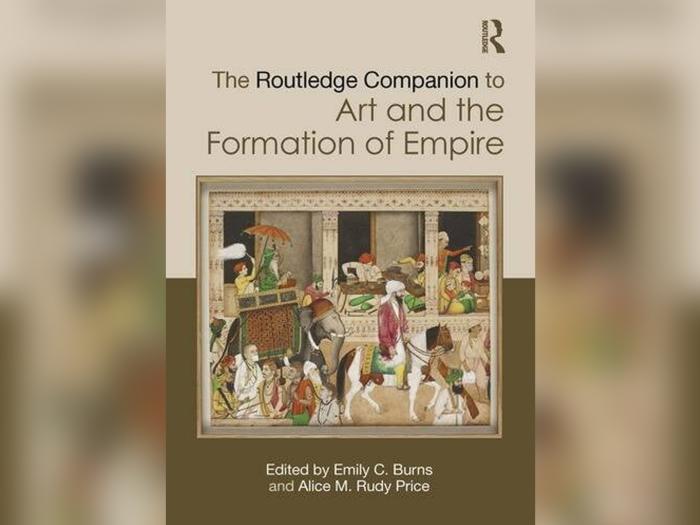
Art History Faculty and Alum Collaborate on New Anthology
July 30, 2025
Art history professor Clement Akpang contributed an essay to “The Routledge Companion to Art and the Formation of Empire,” edited by Corcoran alum Emily C. Burns (MA Art History ’05). Akpang’s chapter, “Beyond the Modernist Canon of Involuntary Aesthetic Colonization: Aina Onabolu’s Mimicry as Rejection of Colonial Anti-modernity, 1900–1930,” explores the Nigerian artist’s challenge to colonial narratives in early 20th-century art.
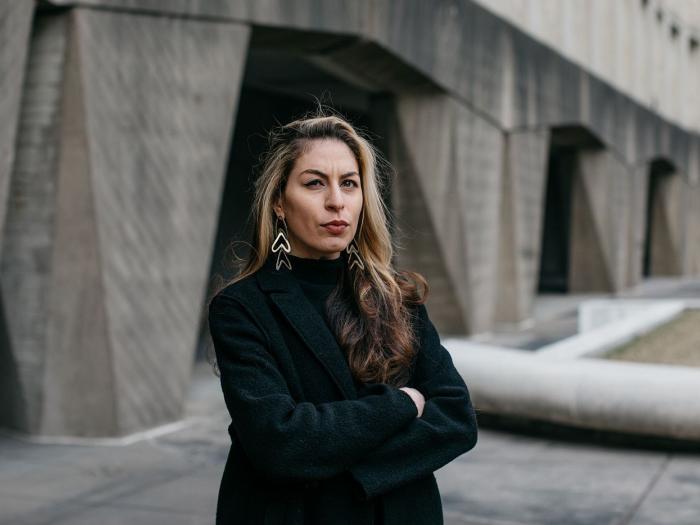
Corcoran Alum Examines Sculptural Response to Protest and Oppression
July 1, 2025
In a powerful essay, Corcoran alum Dr. Jordan Amirkhani reflects on the Hamiltonian Artists exhibition Sticky Gum Flat, where works by emerging artists explore public space, protest, and quiet defiance through sculptural form.
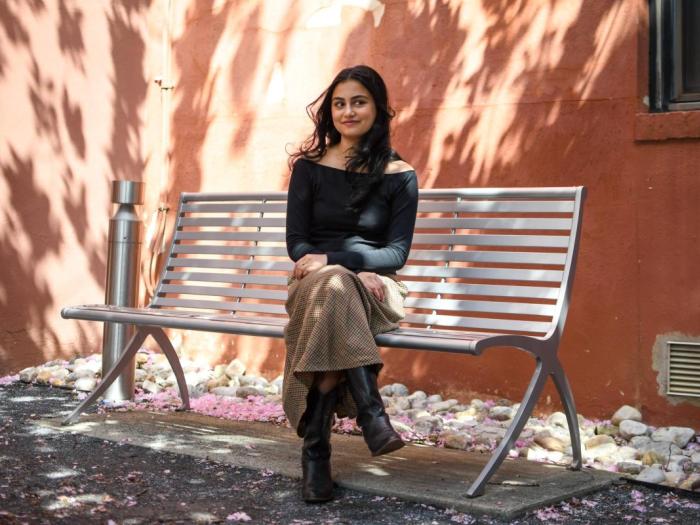
Corcoran Senior Nikki Ghaemi Reflects on Time with the GW Hatchet
April 25, 2025
Art History senior Nikki Ghaemi reflects on her time at the GW Hatchet.
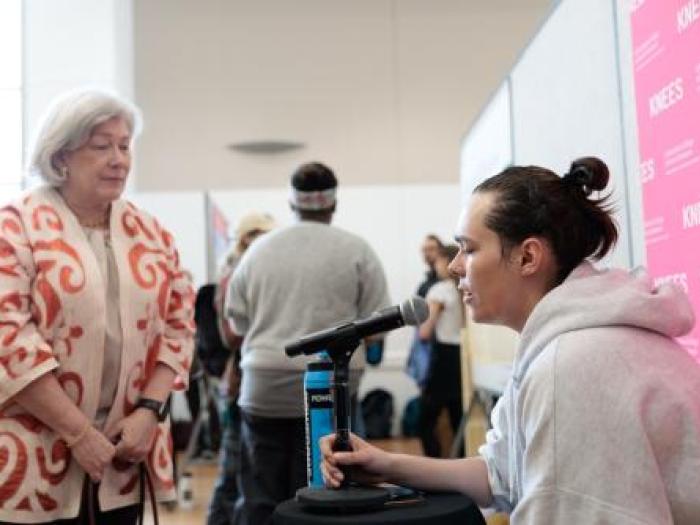
Time to Shine: CCAS Showcase Highlights Student Research
April 9, 2025
Art History Majors MC Daubendiek and Sandra Koretz--both Luther Rice Undergraduate Research Fellowship recipients, and senior Dance major Ana Arledge–participated in the third annual CCAS Research Showcase April 2.
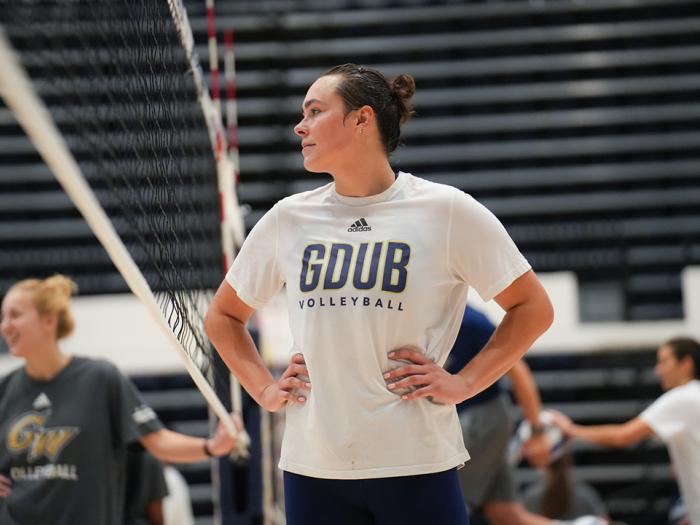
Knee Deep: Senior Serves up Sports and Art
March 21, 2025
Luther Rice Fellow MC Daubendiek, a volleyball player and artist, told the bruising story of student-athletes through photos of one body part: their knees.

Clothing, Nationalism and Cultural Identity: The Symbolism of Traditional Attire in Defining Nigeria's Diverse Ethnic Indigenism
February 6, 2025
Prof. Clement Akpang's essay is now available in the anthology Reading the Thread: Cloth and Communication
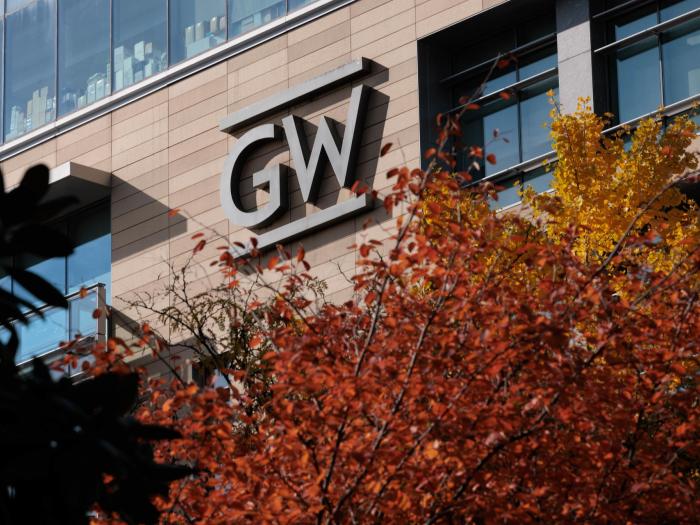
Welcome to GW!
July 16, 2024
Ten scholars from an array of disciplines were recruited by the university to join Columbian College’s roster of permanent full-time faculty members this year. They include noted historians, authors, scientists and practitioners in numerous fields.
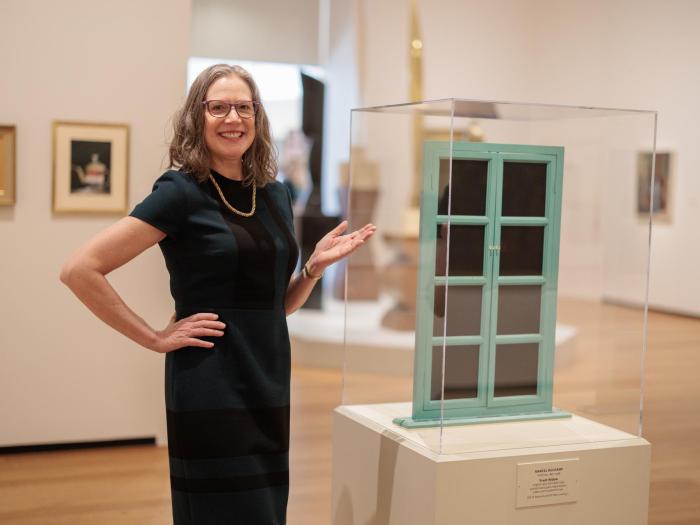
The Playful, Elusive Legacy of a Great Provocateur
March 24, 2024
GW art history students learn about Marcel Duchamp while curating an exhibit showing his influence.
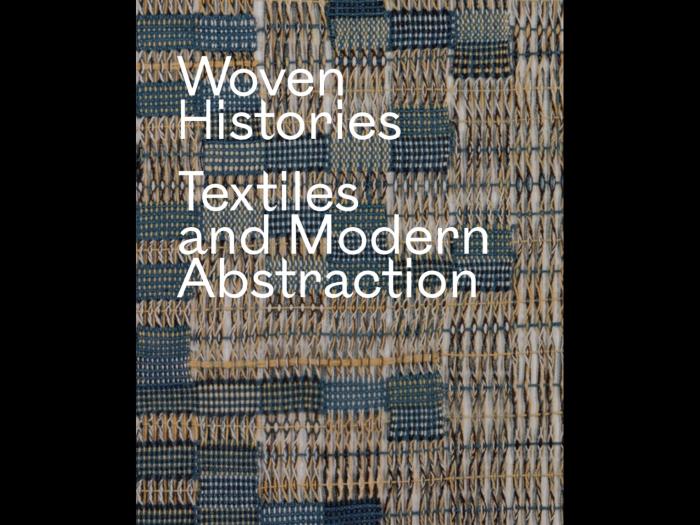
Bibiana Obler's Essays in Woven Histories and Expressionists
March 17, 2024
Professor Bibiana Obler’s essay, "Not Your Grandmother's Labor," is in the catalog for Woven Histories: Textiles and Modern Abstraction, published in conjunction with the National Gallery of Art's exhibition.
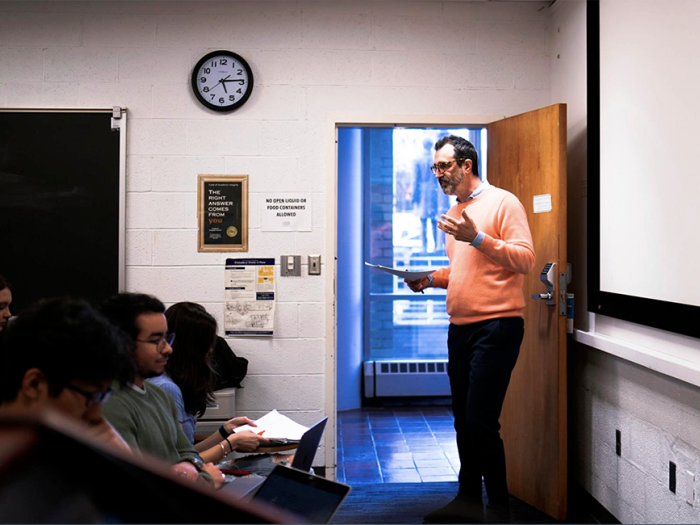
From Abstract Expressionism to Art in the Age of Terror
April 4, 2023
Alexander Dumbadze welcomes GW students into the grand conversation of art history (and democracy).






